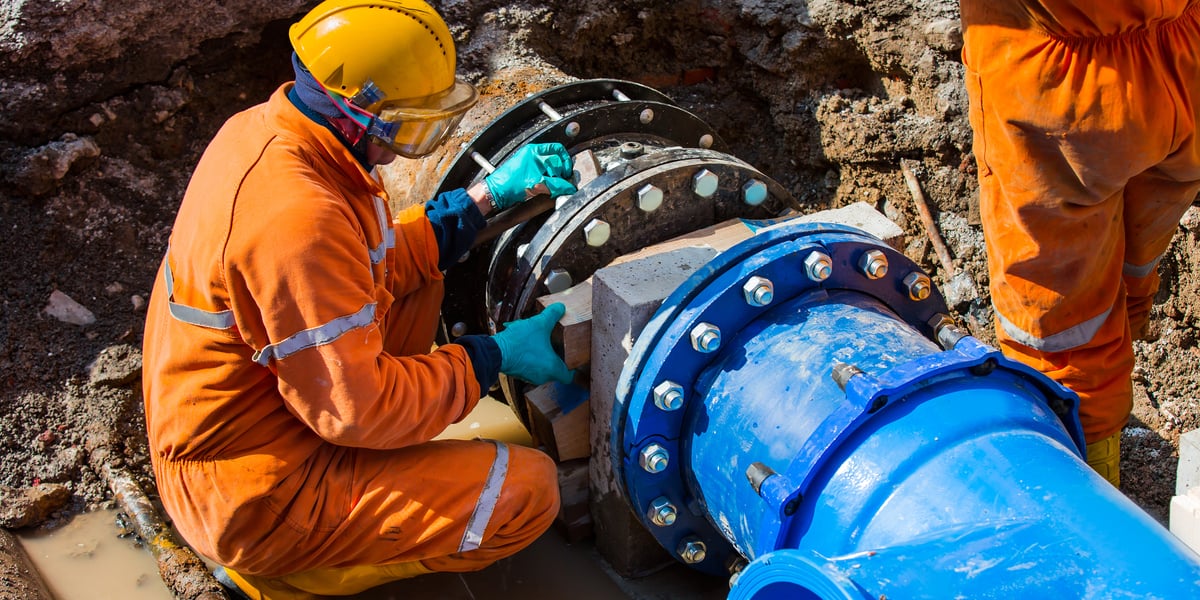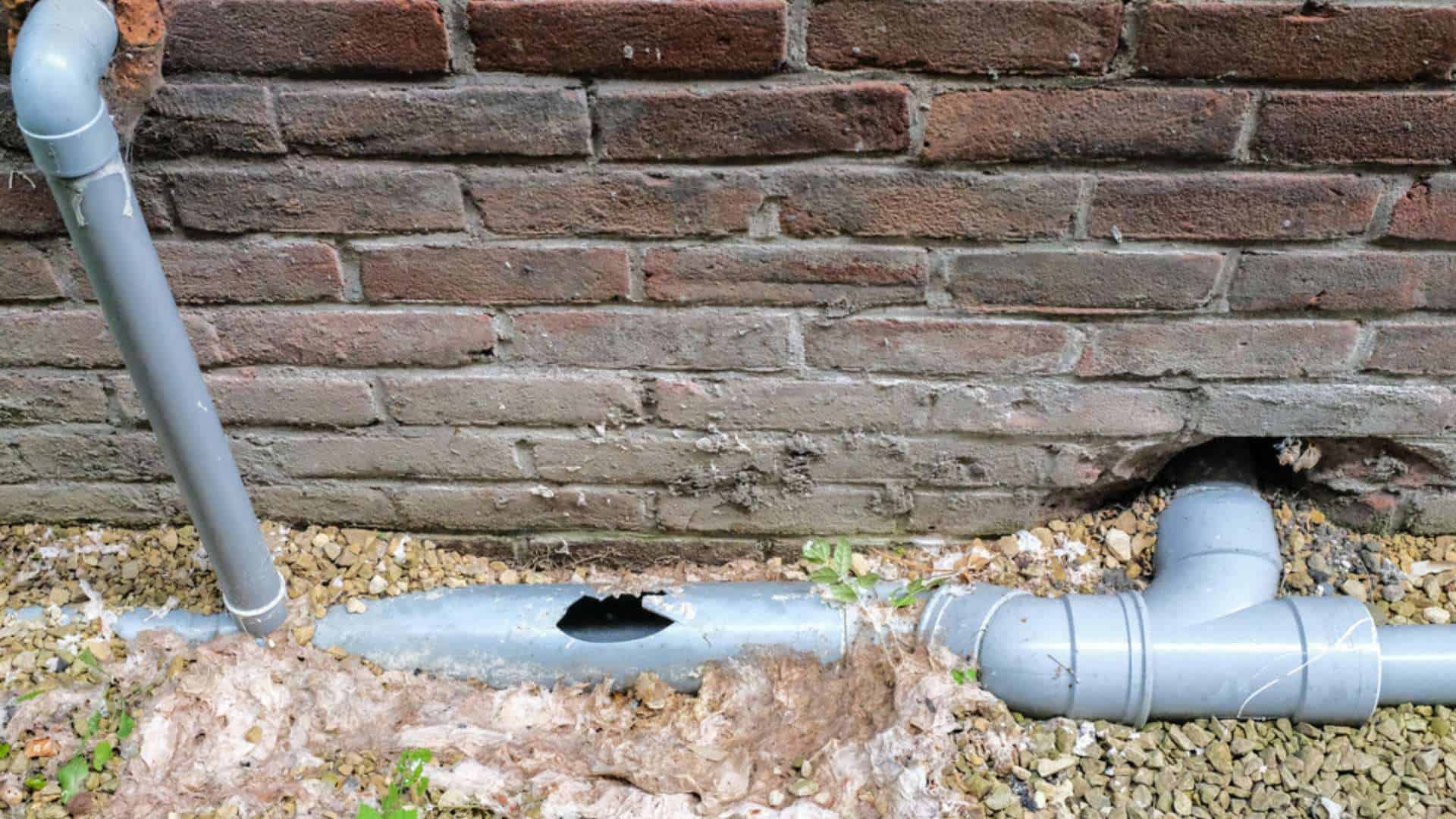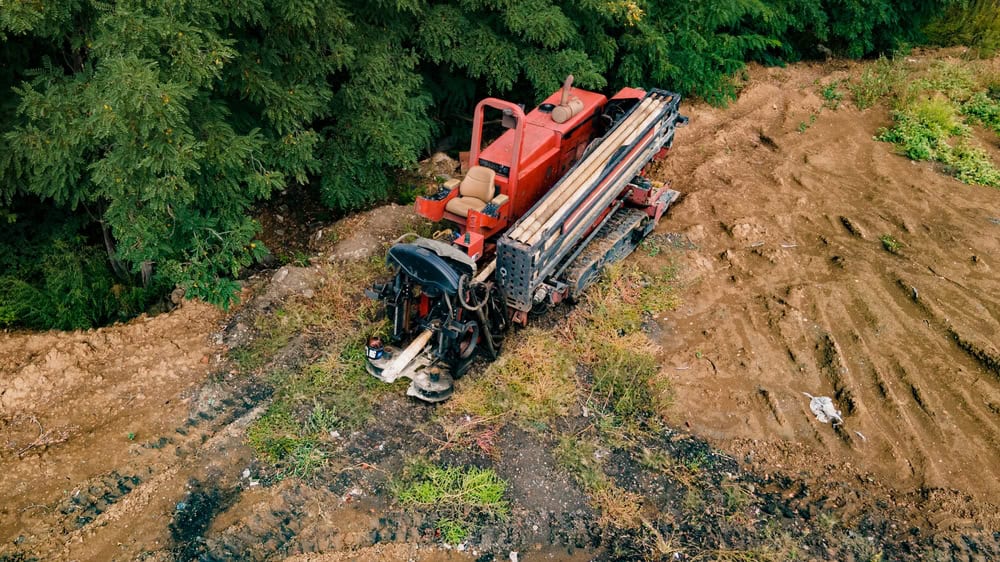Introduction to Pipe Bursting
Pipe bursting is a trenchless pipe replacement method that eliminates the need for extensive excavation. It involves the insertion of a bursting tool into the existing pipe, which fractures the old pipe and simultaneously pulls a new pipe into place. This innovative technique has gained popularity due to its numerous benefits over traditional excavation methods.
What is Pipe Bursting?
Pipe bursting is a trenchless technology that allows for the replacement of old, damaged, or undersized pipes without the need for excavation. It involves the use of specialized equipment, such as hydraulic or pneumatic bursting machines, to break the existing pipe and install a new one in its place. This method is particularly useful for pipes that are located in congested areas, underneath buildings, or beneath roadways.
Benefits of Pipe Bursting
Cost-effective Solution
Pipe bursting offers significant cost savings compared to traditional excavation methods. Since there’s no need for extensive digging and restoration, expenses related to labor, equipment, and surface repairs are significantly reduced. Additionally, pipe bursting minimizes the potential for collateral damage to existing infrastructure, further lowering costs.
Minimal Disruption to Surrounding Areas
One of the major advantages of pipe bursting is its minimal disruption to the surrounding areas. Unlike excavation, which often requires road closures, traffic diversions, and disruptions to businesses, pipe bursting allows for the replacement of pipes with minimal impact on the environment and the community. This makes it an ideal choice for urban areas with heavy traffic or densely populated neighborhoods.
Increased Flow Capacity
Pipe bursting enables the replacement of old or undersized pipes with new ones that have a larger diameter. This increases the flow capacity, reducing the risk of clogs, backups, and water pressure issues. Improved flow capacity is particularly beneficial for sewer and water lines, as it ensures efficient and reliable service for residential, commercial, and industrial properties.
Durable and Long-lasting Solution
The new pipe installed during the pipe bursting process is typically made of high-density polyethylene (HDPE), a durable and corrosion-resistant material. HDPE pipes have a long lifespan, requiring minimal maintenance and repair over the years. By choosing pipe bursting, property owners can enjoy a reliable and long-lasting solution for their pipe replacement needs.
How Does Pipe Bursting Work?
Pipe bursting involves a series of steps that ensure a successful and efficient pipe replacement. Let’s take a closer look at the process:
Step 1: Inspection and Preparation
Before initiating the pipe bursting process, a thorough inspection of the existing pipe is conducted. This helps identify any potential obstacles, such as utility lines or tree roots, that may affect the bursting process. Once the inspection is complete, the bursting tool and new pipe are prepared for installation.
Step 2: Pipe Bursting Process
The bursting tool, equipped with a cutting head, is inserted into the existing pipe through an access point or a small excavation. The cutting head breaks apart the old pipe as it is pulled through, using hydraulic or pneumatic force. The fractured pieces of the old pipe are displaced into the surrounding soil, creating space for the new pipe.
Step 3: Installation of New Pipe
As the bursting tool progresses, a new pipe is simultaneously pulled into place behind it. The new pipe is attached to the back of the bursting tool and follows its path, gradually replacing the old pipe. The new pipe is carefully aligned and secured as it is installed.
Step 4: Restoration and Cleanup
Once the bursting process is complete and the new pipe is in place, the access point or excavation is restored. The surrounding area is cleaned up, and any disturbed surfaces, such as roads or sidewalks, are repaired. The result is a seamless pipe replacement without the extensive disruption caused by traditional excavation methods.
Types of Pipes Suitable for Pipe Bursting
Pipe bursting can be used for a wide range of pipe materials. Some common types of pipes suitable for pipe bursting include:
Clay Pipes
Clay pipes were commonly used for sewer and drainage systems in the past. Over time, these pipes can crack, collapse, or become brittle. Pipe bursting provides an efficient method for replacing old clay pipes with more durable and long-lasting alternatives.
Cast Iron Pipes
Cast iron pipes are prone to corrosion and rust, leading to reduced flow capacity and structural issues. Pipe bursting allows for the replacement of deteriorated cast iron pipes with modern materials, ensuring a reliable and efficient plumbing system.
PVC Pipes
PVC pipes are widely used for water supply and drainage systems due to their affordability and durability. However, even PVC pipes can experience damage or degradation over time. Pipe bursting offers a non-destructive solution for replacing worn-out PVC pipes, preserving the integrity of the system.
Common Applications of Pipe Bursting
Pipe bursting is applicable in various scenarios where pipe replacement is necessary. Some common applications include:
Sewer Line Replacement
Sewer lines are critical for maintaining proper sanitation and preventing environmental contamination. Pipe bursting provides a trenchless solution for sewer line replacement, minimizing disruptions to communities, businesses, and the environment.
Water Line Replacement
Old and corroded water lines can lead to water leaks, reduced water pressure, and water quality issues. Pipe bursting allows for the efficient replacement of water lines, ensuring a reliable supply of clean and safe water to homes and businesses.
Gas Line Replacement
Gas line replacement is essential for ensuring the safety of residential and commercial properties. Pipe bursting provides a safe and efficient method for replacing aging or damaged gas lines without disrupting gas services.
Advantages of Pipe Bursting over Traditional Excavation
Pipe bursting offers several advantages over traditional excavation methods:
Time-saving and Efficient
Pipe bursting eliminates the need for extensive digging and manual labor, significantly reducing the time required for pipe replacement. This allows for faster project completion and minimizes inconveniences for property owners and the surrounding community.
Environmentally Friendly
By minimizing excavation, pipe bursting reduces the disturbance to natural habitats, minimizes soil erosion, and preserves existing vegetation. It is a more environmentally friendly option compared to traditional excavation methods, which can have significant ecological impacts.
Cost-effective
Pipe bursting can result in substantial cost savings compared to traditional excavation. The reduced labor, equipment, and surface restoration requirements translate into lower project costs for property owners and municipalities.
Choosing the Right Pipe Bursting Contractor
When considering pipe bursting for your pipe replacement needs, it’s crucial to choose a reputable and experienced contractor. Here are some factors to consider:
Experience and Expertise
Look for a contractor with extensive experience in pipe bursting projects. A knowledgeable team will ensure the efficient and proper execution of the pipe replacement process, minimizing the risk of complications or delays.
Reputation and Reviews
Check online reviews and testimonials to gauge the contractor’s reputation. Positive feedback and satisfied customer testimonials are indicators of a reliable and trustworthy pipe bursting contractor.
Licensing and Insurance
Verify that the contractor holds the necessary licenses and insurance coverage. This ensures compliance with local regulations and provides protection in the event of any accidents or damages during the project.
Competitive Pricing
Obtain quotes from multiple contractors and compare their pricing. While cost should not be the sole determining factor, choosing a contractor that offers competitive pricing and value for money is important.
Pipe Bursting: A Sustainable Solution
Pipe bursting is a sustainable solution for pipe replacement that aligns with the principles of environmental preservation and efficient resource utilization. By opting for trenchless pipe replacement methods like pipe bursting, we can reduce our carbon footprint, minimize disruptions to communities, and ensure the longevity of our infrastructure.
Conclusion
In conclusion, pipe bursting offers a cost-effective, efficient, and sustainable solution for pipe replacement. Its numerous benefits, including cost savings, minimal disruption, increased flow capacity, and long-term durability, make it a preferred choice for property owners and municipalities. By choosing pipe bursting over traditional excavation methods, we can ensure the efficient maintenance and improvement of our underground infrastructure.




